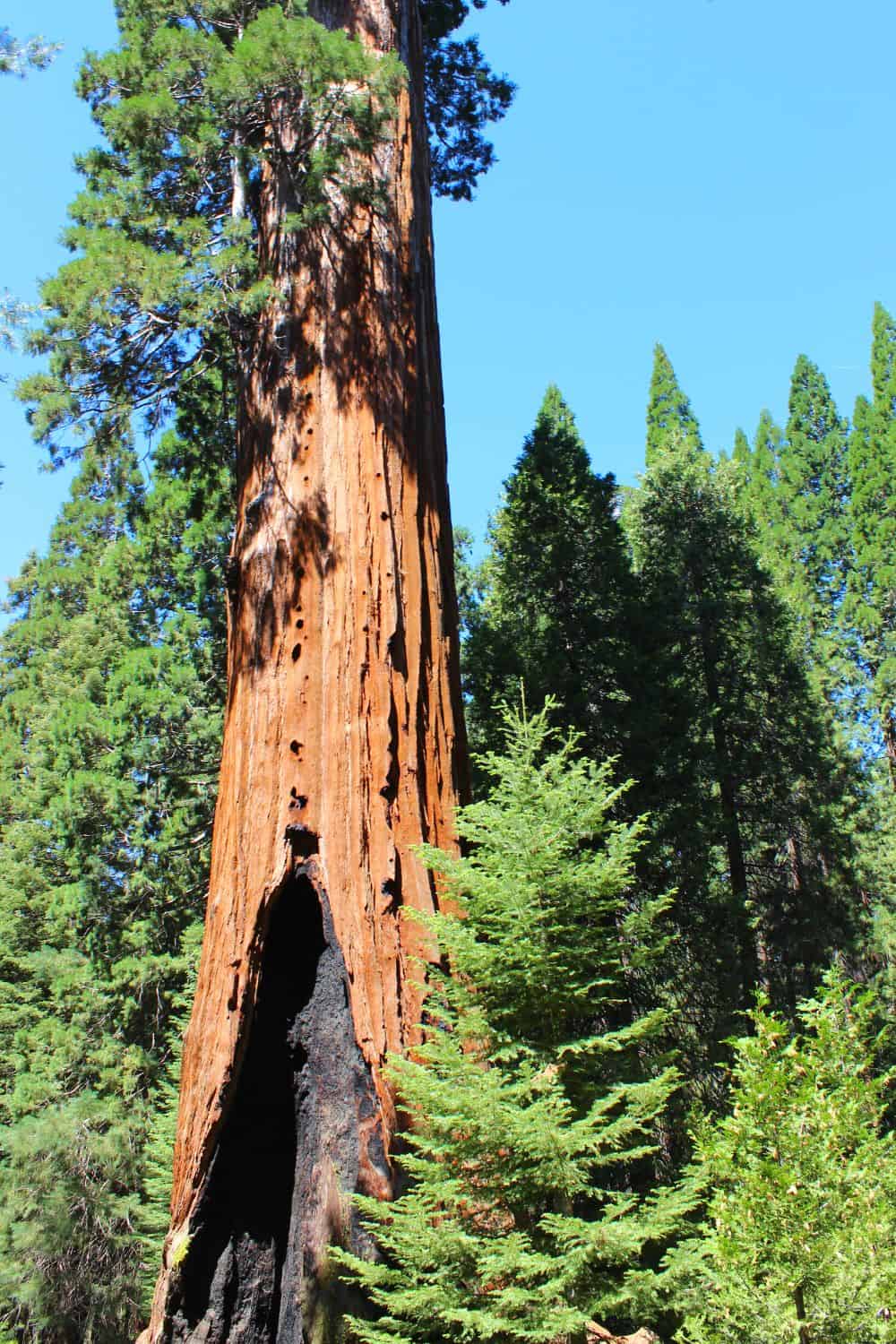
Giant sequoias are some of the largest and longest-lived trees on the planet. These magnificent trees are found exclusively in California, primarily in the Sierra Nevada mountain range. In this article, we will explore the unique characteristics and significance of giant sequoias.
Physical Characteristics
Giant sequoias are massive trees that can grow to be over 300 feet tall and have a trunk diameter of over 30 feet. They have thick, reddish-brown bark that is resistant to fire and insects. The foliage of giant sequoias consists of needles that are about an inch long and arranged in spirals on the branches.
One of the most iconic features of giant sequoias is their massive size. They are among the largest living organisms on the planet, with some trees estimated to be over 3,000 years old. Some of the largest giant sequoias, such as the General Sherman tree in Sequoia National Park, have trunks that are wider than most houses.
Habitat and Distribution
Giant sequoias are found exclusively in California, primarily in the Sierra Nevada mountain range. They grow in a narrow band at elevations between 4,500 and 7,000 feet. This habitat provides them with the cool, moist climate they need to survive.
The distribution of giant sequoias is relatively limited, with most of the trees located in groves within protected areas such as national parks and forests. The most well-known groves of giant sequoias include the Mariposa Grove, the Tuolumne Grove, and the Giant Forest.
Conservation Status
Despite their impressive size and longevity, giant sequoias are not immune to threats such as logging, climate change, and disease. As a result, they are classified as a “vulnerable” species by the International Union for Conservation of Nature (IUCN).
Efforts are underway to protect and preserve giant sequoias, including the creation of national parks and forests that provide protected habitats for these trees. These efforts include prescribed burns to mimic the natural fire regime that giant sequoias have evolved to thrive in, and the removal of competing vegetation to promote healthy growth.
Significance
Giant sequoias are an important part of California’s natural heritage and play a significant role in the ecosystems where they grow. Their massive size provides habitat for a wide range of wildlife, including birds, insects, and mammals. Their thick bark and resistance to fire also help protect surrounding forests and wildlife from wildfires.
In addition to their ecological significance, giant sequoias hold a special place in human culture. They have been revered by Native American tribes for centuries, and were first encountered by European explorers in the mid-19th century. The awe-inspiring size and beauty of these trees have inspired countless artists, writers, and photographers over the years.
Visiting Giant Sequoias
Visiting giant sequoias is a must-do activity for anyone traveling to California. Many national parks and forests in the state offer opportunities to see and experience these magnificent trees up close.
One of the most popular places to see giant sequoias is Sequoia National Park, which is home to the Giant Forest and the General Sherman tree, the largest tree in the world by volume. Other popular groves of giant sequoias include the Mariposa Grove in Yosemite National Park and the Tuolumne Grove in the Stanislaus National Forest.
When visiting giant sequoias, it’s important to respect these ancient and fragile trees. Stay on designated trails, avoid climbing on the trees, and refrain from damaging the bark or other parts of the tree.
In conclusion, giant sequoias are some of the most impressive and iconic trees in the world. They are found exclusively in California and provide important ecological and cultural significance. While they face threats from human activity, conservation efforts are underway to protect and preserve these magnificent trees for future generations to enjoy. Whether you are a nature lover, a photographer, or simply appreciate the beauty of these ancient trees, visiting giant sequoias is an unforgettable experience that should be on everyone’s bucket list.
Related posts:
Sequoia and Kings Canyon National Parks, located in the southern Sierra Nevada Mountains in California, offer an unforgettable vacation experience for nature lovers and adventure seekers. The parks are home to some of the largest trees in the wor...
Sequoia National Park lies adjacent to Kings Canyon National Park in northern California's Sierra Nevada Mountains. It is well-known for its large, spectacular Sequoia trees, especially the Giant Forest located just north of the forest's entrance. Th...